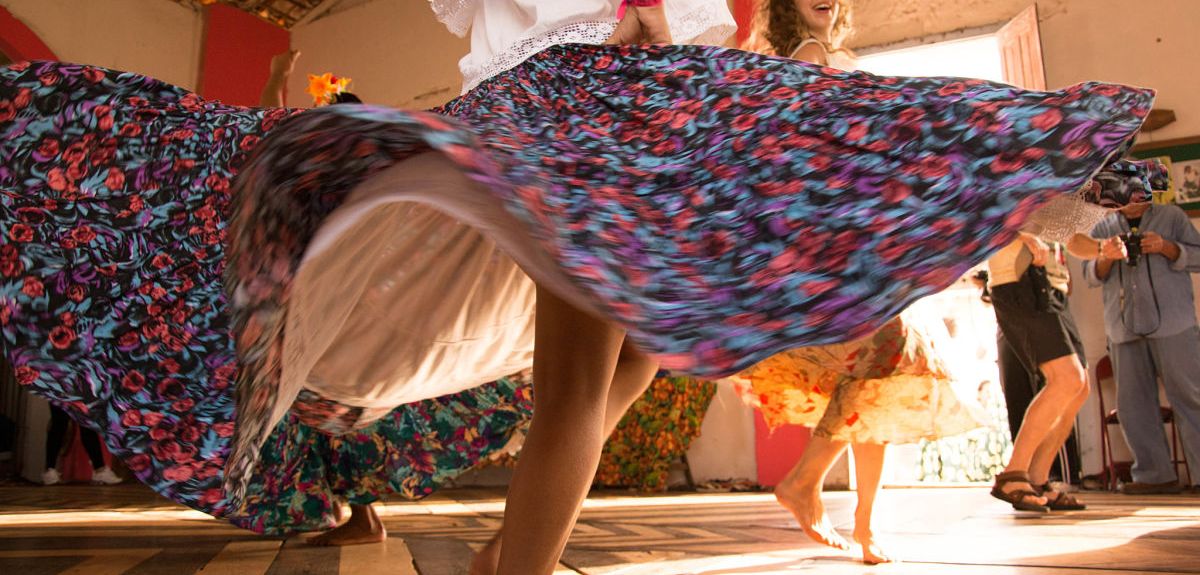
Image credit: Emanoela Neves
Dancing 'raises pain threshold’
Dancing in time with others raises your pain threshold, Oxford University researchers have found.
A team from the University's Experimental Psychology and Anthropology Departments wanted to see whether our feelings of social closeness when dancing with others might be linked to endorphins – the body’s 'feel good' chemicals.
Endorphins are neurotransmitters that form part of the brain’s pain control system, but they are also implicated in social bonding. Dr Bronwyn Tarr explained: 'Dance is an important activity around the world, and it could be a way to connect with other people and feel socially bonded. We wanted to see the effect of high and low energy, and synchronised and unsynchronised dancing had on both pain threshold and the sense of bondedness to fellow group-members.'
Moving energetically or moving in synchrony can both make you feel closer to others when you are dancing
Dr Bronwyn Tarr, Department of Experimental Psychology
'As it's hard to measure endorphin levels directly, we used pain thresholds as an indirect measure. More endorphins mean we tolerate pain better, so measuring relative increases in people’s pain thresholds can indicate whether endorphins are being released.'
The team had 264 young people take part in the study in Brazil. In groups, they did either high or low exertion dancing that was either synchronised or unsynchronised. Before and after the activity, the team measured the teenagers’ feelings of closeness to each other and their pain thresholds.
The findings confirmed that synchronised activity encouraged bonding more than unsynchronised activity. It also led to higher pain thresholds. More energetic activity had a similar effect – it raised pain thresholds and made groups feel closer.
'Both synchronisation and exertion had independent effects on these measures, so moving energetically or moving in synchrony can both make you feel closer to others when you are dancing' explained Tarr, 'But combining high energy and synchrony had the greatest effects – which might explain why people love to Flashmob!'
The paper, Synchrony and exertion during dance independently raise pain threshold and encourage social bonding is published in the journal Biology Letters on 28 October 15: http://rsbl.royalsocietypublishing.org/content/11/10/20150767
 New study estimates NHS England spends 3% of its primary and secondary care budget on the health impacts of temperature
New study estimates NHS England spends 3% of its primary and secondary care budget on the health impacts of temperature
 International collaboration launches largest-ever therapeutics trial for patients hospitalised with dengue
International collaboration launches largest-ever therapeutics trial for patients hospitalised with dengue
 Oxford-built multi-agent assistant for cancer care to be piloted in collaboration with Microsoft
Oxford-built multi-agent assistant for cancer care to be piloted in collaboration with Microsoft
 World's first Phase II Nipah virus vaccine trial launch
World's first Phase II Nipah virus vaccine trial launch